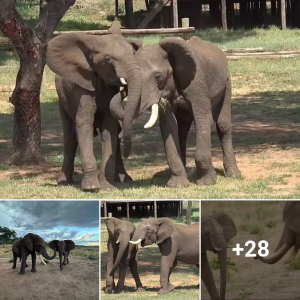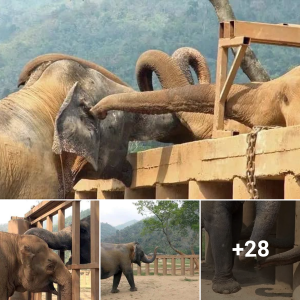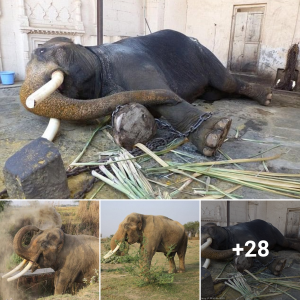One of the intriguing artifacts unearthed in 1928 at the Paracas Peninsula in Peru is an elongated skull, offering a fascinating glimpse into the ancient practices of the Paracas civilization, which thrived from 800 to 100 BCE. These elongated skulls are testament to the custom of cranial deformation, a ritualistic practice where the heads of infants were tightly bound in cloth during the formative years of life to achieve an elongated shape of the cranium.
The significance of cranial deformation in Paracas culture cannot be overstated. Through meticulous binding of the head, infants’ skulls were intentionally shaped into elongated forms, a practice believed to have held deep cultural and social significance within the community. While the exact reasons for this practice remain shrouded in mystery, scholars posit various theories, including religious symbolism, societal status, or even attempts to emulate revered ancestors.

The discovery of hundreds of elongated skulls at the Paracas Peninsula provides valuable insight into the cultural practices and beliefs of this ancient civilization. The prevalence of cranial deformation among the Paracas suggests that it was a widespread and deeply ingrained tradition, passed down through generations as a hallmark of identity and belonging.
Furthermore, the meticulous craftsmanship involved in cranial deformation underscores the advanced knowledge and skill possessed by the Paracas people. Through careful manipulation of the human skull, they were able to achieve remarkable transformations, creating distinctive physical characteristics that set them apart from neighboring cultures.
In contemporary times, the study of Paracas elongated skulls continues to intrigue archaeologists, anthropologists, and historians alike. Through scientific analysis and examination of these artifacts, researchers hope to unravel the mysteries surrounding cranial deformation and its cultural significance within the context of the Paracas civilization.
In conclusion, the discovery of elongated skulls at the Paracas Peninsula in Peru offers a compelling glimpse into the ancient practice of cranial deformation among the Paracas civilization. These artifacts serve as tangible evidence of a ritualistic tradition that played a central role in shaping the cultural identity of this ancient society, leaving an indelible mark on the archaeological record and sparking ongoing inquiry into the customs and beliefs of the past.





